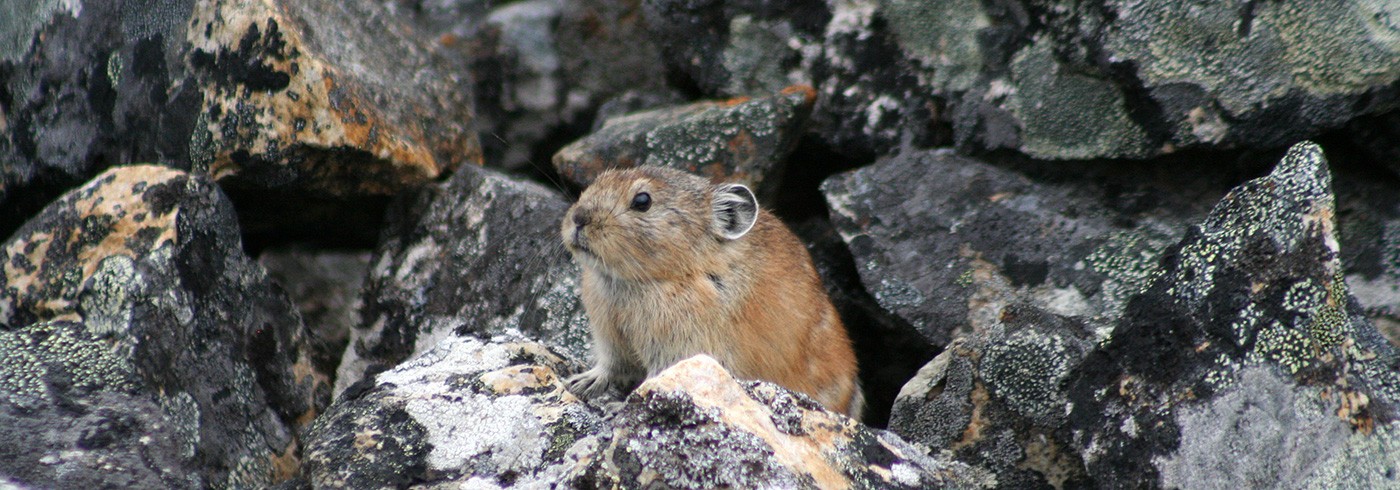Late Quaternary environmental change of Kamchatka
11 July 2005 - 11 August 2005Background and aims
Terrestrial vegetation at high northern latitudes is an important component of the global climate system. The changing configuration of northern biomes, particularly the position of the arctic treeline and the amount of carbon stored in frozen soils and peat deposits, is intricately linked to the heat balance of the Earth through various feedback mechanisms. Identification of the existence and timing of past episodes of climate-related vegetational change in these areas are thus of great importance in a global-change perspective.
Holocene vegetational developments in the North American Arctic and in northern Fennoscandia are relatively well known as a result of several decades of detailed palaeoecological and geochemical analyses of lake sediments and peat deposits. Fewer records have been obtained from the Russian Arctic, but it is known that considerable Holocene migration of the arctic treeline occurred, with forest extending to near the current Russian coastline between 9 000 and 7 000 years before present (BP) followed by a southward retreat to the present treeline position until ca. 3 000 BP. Based on a combination of palaeoecology and isotope palaeoclimatology, important aspects of the forcing mechanisms behind treeline advance and retreat have been clarified, and a complex interplay of direct orbital forcing and related ocean and atmosphere rearrangements is emerging as explanation.
Extreme eastern Russia is a key area in this context. However, palaeoecological data from the northeasternmost part of the Eurasian continent are scarce and are restricted to records from southern/peripheral locations. The southern peninsula of Kamchatka is probably the least studied area in the entire region. The collection of data there is important for the understanding of Holocene vegetational and climatic dynamics in the Arctic and couplings to ocean-atmosphere rearrangements in the northern Pacific Ocean.
The project aims, therefore, to:
- Obtain and analyse cores of lake sediment, peats and related surface samples in order to provide a dated record of Holocene (the last 10,000 years) environmental change for the Kamchatka Peninsula.
- Investigate oxygen isotope analyses of the sediments as proxies of palaeoclimate, thus providing
• a test for Global Circulation Model approaches to the climate of the region
• a more immediate, regional and relevant palaeohydrological proxies as a background for other aspects of environmental change. - Obtain pollen and diatom analyses in order to reveal changes in vegetation and lake systems respectively. Their records will be developed independently of the oxygen isotope analyses so that the response of these systems to background climate change can be assessed.
Fieldwork
We were able to visit four field areas and obtained four long sequences of sediment from three of these: Utka, Esso, and Ossora. At Utka (53°15,44’N, 156°51,02’E), we collected a core of 5.0 m from a mire within a predominantly wooded landscape. At Esso (56°12,07’N, 158°51,49’E), we obtained a core of 3.0 m from a small lake. Near Ossora, in the far northeast of Kamchatka, we cored two lakes. The first (59°06,59’N, 163°09,15’E) yielded 7.0 m of sediment and the second (59°17,61’N, 163°07,78’E) yielded 3.0 m of sediment.
All the sediment sequences are complete and intact and have been successfully transported back to Sweden.
Results
These sites have good coverage across the range of environments on the peninsula. All the cores are rich in organic matter and well suited for the planned palaeoecological and geochemical analyses. Laboratory investigation of the sediments is planned to begin during 2006. However, we have obtained preliminary radiocarbon dates for the ages of the basal sediments of all four sequences. These are (in radiocarbon years before present) Utka: 8 165+/-80, Esso: 6 260+/-55, Ossora: 7 930+/-70 and 8 960+/-70.
These dates indicate deglaciation at around 10,000 calendar years before present (roughly as in north Sweden), and that we have complete sequences at probably all except Esso (where we were unable to penetrate a tephra layer). All sites have several tephra layers, and material from these is being characterised at the Geographical Institute in Petropavlovsk.
Additionally, we were able to observe on the ground and from helicopters (e.g. during the flight from Esso to Ossora, and Ossora to Petropavlovsk) that there are a number of other areas on the peninsula with promising lakes and mires for future study.


